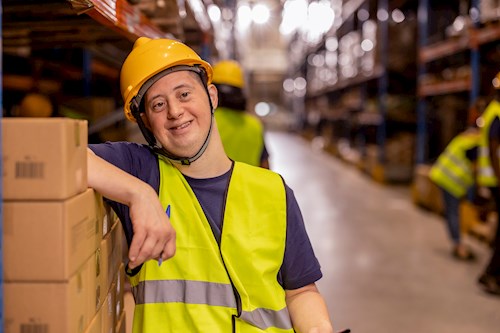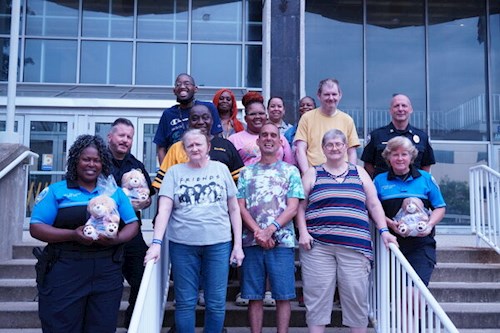Work has the power to transform lives, but only when everyone has a fair chance to participate. For many individuals with disabilities and others facing barriers to employment, the opportunity remains out of reach, not due to a lack of ability, but a lack of access. The problem isn’t talent, it’s visibility.
That’s where employers come in. By taking intentional steps to build inclusive workplaces, businesses can tap into an often-overlooked talent pool while making a lasting impact on their communities. Inclusion doesn’t have to be complex; it begins with a willingness to view hiring through a broader lens.
Most job descriptions include a long list of requirements. But how many of them are truly essential? Degrees, specific experience or physical demands may unintentionally screen out great candidates, especially those with nontraditional backgrounds or disabilities.
Instead of defaulting to the usual checklist, ask: What does success in this role actually look like? If qualities such as reliability, focus, adaptability or willingness to learn matter more than a resume, be open to seeing potential in different forms.
Sometimes it’s not the candidate who needs to change; it’s the structure of the job. Could tasks be simplified or broken into steps? Could you offer flexible scheduling? Could training be adapted visually or hands-on rather than verbally?
Simple adjustments make a significant difference. More often than not, they improve clarity and efficiency for everyone on the team, not just the person they’re meant to support.
One of the most effective ways to build an inclusive workplace is to create settings where people of all abilities work side by side, doing the same job and are held to the same expectations. This kind of integration helps remove stigma and reinforces the idea that inclusion isn’t about special treatment, but equal opportunity.
It also creates a space for natural collaboration, mutual respect and shared success. In many cases, these environments lead to stronger team dynamics and greater employee satisfaction overall.
There are great community-based programs, nonprofits and vocational training providers that can connect you with talented individuals who are ready to work and offer tools and support to ensure the partnership is successful on both sides.
These partnerships often serve as the missing link for businesses that want to hire inclusively but don’t know where to start.
Inclusive hiring isn’t just about making a good impression; it’s about doing what’s right for your team and your community. That means thinking beyond a single hire and looking at how your culture supports all employees. Inclusion becomes sustainable when it’s woven into the fabric of how you work, not just how you hire.
When inclusive hiring works (and it does), it’s worth celebrating. Whether it’s an employee thriving in their role, a team that’s grown stronger through diversity or a business that’s discovered the value of seeing potential differently, these stories matter.
Share them internally. Talk about them in meetings. Let your community know what’s possible when you widen the lens.
Creating an inclusive workforce isn’t just good for business; it’s also beneficial for people. It starts with small, thoughtful steps: listening differently, hiring differently and building workplaces where everyone has a real opportunity to grow.
When employers commit to inclusion, they’re not just filling roles; they’re helping rewrite what work can be. And the impact of that reaches far beyond the office walls.

Disability inclusion isn’t extra work for HR—it’s part of building a stronger team. It starts with clear job descriptions, better recruiting outreach and supportive onboarding, and continues through everyday communication and culture. Most accommodations are simple, and with the right partners, like Weaver, inclusion becomes easier and more effective. Small steps add up quickly and help create a workplace where everyone can contribute.

At Weaver Industries, soft skills like communication, teamwork and confidence are more than job essentials—they’re the foundation of personal and professional growth. Through daily collaboration, coaching and peer support, employees learn to express themselves, work together and build lasting confidence. These people-centered skills help create inclusive workplaces where everyone can contribute, connect and thrive.

Weaver Industries measures impact in more than numbers; it’s about the real moments that change lives. From the pride of a first paycheck to the confidence gained through new skills, impact shows up in the everyday work that brings dignity, inclusion and purpose. With staff who pour compassion and creativity into their roles, Weaver creates ripple effects that strengthen families, support local businesses and build communities where everyone belongs.